1. The Moon Landing

The Apollo 11 mission in 1969 was about beating the Soviets, plain and simple. The U.S. wanted to win the Space Race, prove its technological superiority, and come out on top during the Cold War, Kathleen Alcott explains in The Guardian. No one was thinking about sparking an international fascination with science and space exploration. But when Neil Armstrong took that giant leap, the world collectively held its breath—and dreamed bigger.
The moon landing inspired generations of scientists, engineers, and explorers in countries that weren’t even U.S. allies. It jumpstarted international space programs and led to cooperative efforts like the International Space Station. America didn’t intend to globalize the dream of space—it just happened by making the impossible real. What was supposed to be a geopolitical flex became a planetary moment of wonder.
2. The 2008 Financial Crisis

The housing bubble and subsequent collapse that triggered the 2008 financial crisis started with risky mortgages in the U.S.—and quickly spiraled into a global meltdown, according to Manoj Singh from Investopedia. Wall Street firms were playing fast and loose with subprime loans, and the system eventually snapped. Americans were focused on domestic economic fallout, but the crisis triggered recessions in countries around the globe. It exposed how deeply interconnected the world’s economies had become.
Governments everywhere scrambled to stabilize their banks and protect their citizens. Entire countries—like Greece and Ireland—faced debt disasters directly linked to the U.S. collapse. No one in America was trying to tank the global economy, but that’s exactly what happened. It forced the world to rethink financial regulations, global trade, and the risks of over-leveraging.
3. The Marshall Plan
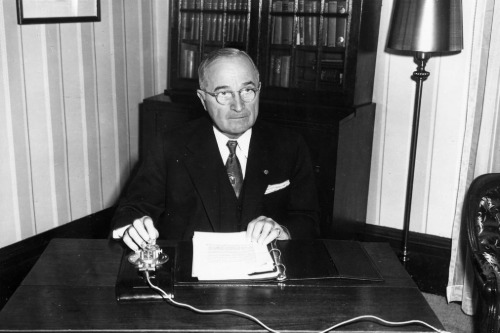
After World War II, the U.S. launched the Marshall Plan to help rebuild Europe’s shattered economies and prevent the spread of communism, according to Will Kenton from Investopedia. The goal was stability, not dominance. But by injecting billions of dollars into Western Europe, the U.S. unintentionally laid the foundation for a united and economically powerful European bloc. It also helped cement America’s role as a global leader.
In the long run, the Marshall Plan did more than just rebuild cities—it helped create the conditions for the European Union. It also set the tone for America’s future role as a kind of default global sponsor of democracy and capitalism. The U.S. didn’t set out to redraw the world order with the Marshall Plan, but that’s basically what happened. What started as economic aid turned into a global influence blueprint.
4. Hollywood’s Global Influence
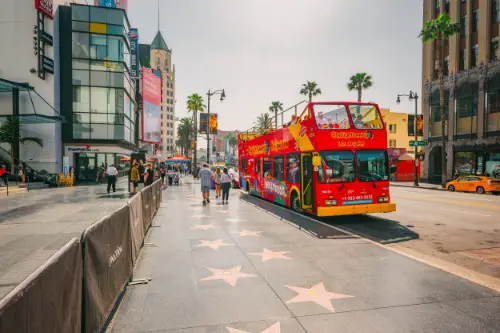
Hollywood wasn’t designed to export American values—it was built to make money. The early movie moguls were chasing profits and audiences, not cultural domination, according to Philip French from The Guardian. But as American films flooded theaters around the world, they also spread American ideas about romance, justice, and individualism. Whether people loved it or hated it, Hollywood’s version of America started shaping how the world saw not just the U.S., but itself.
Soon, jeans, fast cars, and rebel attitudes became aspirational in places far from California. Countries began to see their own stories through a Hollywood lens, and in some cases, even changed their own film industries to compete. The U.S. didn’t mean for its entertainment to become a form of soft power—it just did. And in many ways, it changed the world more than any army ever could.
5. The Invention of the Internet
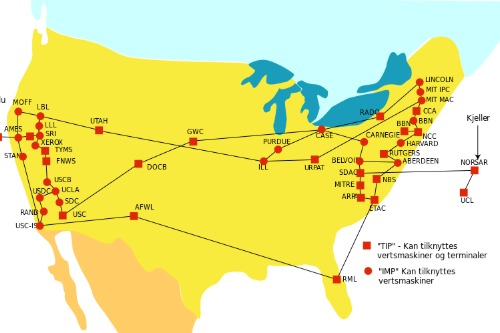
When the U.S. Department of Defense created ARPANET in the late 1960s, it wasn’t trying to start a global revolution—it just wanted a way for researchers to share information, according to Ben Tarnoff from The Guardian. It was a Cold War project, driven by fear of nuclear attacks and a desire for communication redundancy. But that network laid the groundwork for the modern internet, which would go on to change everything from business to dating. No one involved thought they were unleashing a tool that would redefine global society.
Fast forward a few decades, and the internet has become the nervous system of modern life. From social media to e-commerce to revolutions coordinated online, the unintended consequences of this military project are staggering. Even the creators of early networking protocols had no idea how central this would become. America didn’t mean to create the digital age—it just kind of happened on the way to something else.
6. The Rise of Fast Food Culture

When McDonald’s started in California in the 1940s, it was just a faster way to serve burgers. But the fast-food model—speed, consistency, affordability—caught on like wildfire, and eventually spread around the globe. It wasn’t designed to become a symbol of globalization, but that’s exactly what happened. Today, fast food chains can be found in over 100 countries, changing diets and cityscapes everywhere.
As fast food went global, so did the American lifestyle it represented: convenience, individual choice, and instant gratification. It reshaped how people eat, how cities are built, and even public health policies in countries struggling with obesity and diabetes. America didn’t mean to export its eating habits—it just wrapped them in a paper bag and drove them across the world. Love it or hate it, fast food left a global footprint.
7. Silicon Valley’s Tech Boom
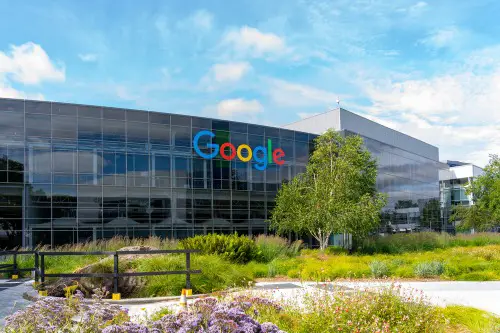
Silicon Valley started as a cluster of defense contractors and computer geeks—no one thought it would reinvent the planet. But as companies like Apple, Google, and Facebook exploded, they didn’t just change industries—they rewired society. Algorithms, smartphones, and digital platforms created a new kind of global infrastructure. It was all driven by innovation, not some master plan to reshape humanity.
Now, tech built in suburban California affects everything from politics to personal relationships in every corner of the world. Social media became a platform for uprisings, misinformation, and cultural shifts that even their creators didn’t anticipate. The U.S. didn’t mean to create a digital society—it was just chasing the next big idea. But those ideas didn’t stay local—they went everywhere.
8. Jazz and Blues Going Global

Jazz and blues were born in African American communities in the South, blending pain, resilience, and joy into entirely new art forms. These genres weren’t created for export—they were about expression and survival. But they found global audiences almost immediately, traveling via records, radio, and touring musicians. Suddenly, American music was shaping cultural scenes in Paris, Tokyo, and beyond.
Musicians around the world began to adopt and adapt these styles, fusing them with local traditions. The ripple effect influenced everything from reggae to rock to electronic music. America didn’t plan to lead a global music revolution—it just played what it felt. And the world listened, danced, and found a part of itself in those rhythms.
9. The GI Bill and the Modern Middle Class
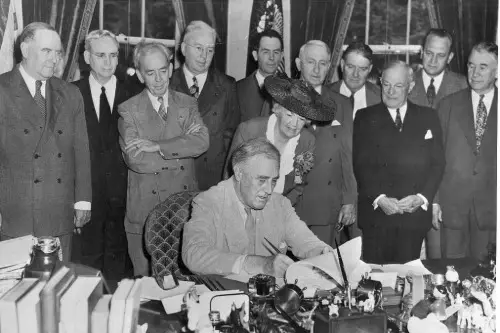
After World War II, the U.S. introduced the GI Bill to help returning veterans go to college, buy homes, and build stable lives. It was about rewarding service, not reshaping society. But the long-term effects were massive: it expanded higher education, home ownership, and economic mobility like never before. The modern American middle class was born, and the idea of a merit-based economy took root.
Other countries watched and took notes. Variations of the GI Bill model were adopted globally to support veterans, boost education, and stimulate economic growth. America didn’t mean to redefine what post-war recovery could look like—but it did. It created a template for upward mobility that would inspire social programs worldwide.
10. The Birth of Silicon Chips
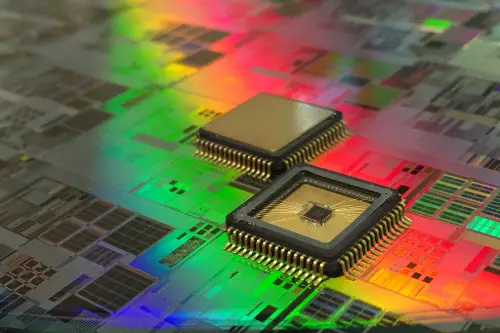
In the late 1950s, American engineers at Texas Instruments and Fairchild Semiconductor developed the integrated circuit—what we now call the silicon chip. It was a solution to a technical problem: how to make computers smaller and faster. No one at the time thought they were building the foundation for a future where nearly every object had a brain. But those little chips would become the heart of phones, planes, cars, and entire economies.
Soon, countries began competing to build their own chip industries, and the tech arms race began. Factories were built in Asia, supply chains stretched across continents, and geopolitics started revolving around microprocessors. America didn’t plan for silicon chips to become the gold of the digital age—it just needed a better calculator. But in solving one problem, it reshaped the modern world.
11. Coca-Cola Becoming a Symbol
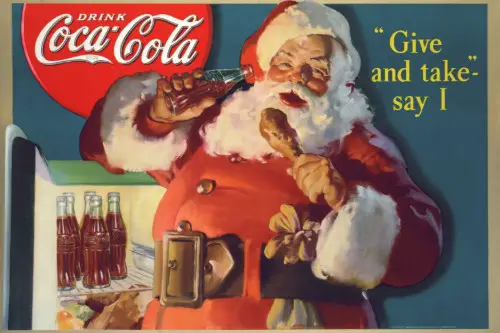
Coca-Cola was never meant to be anything more than a tasty drink and a smart business move. But by the mid-20th century, it had become a symbol of American life: freedom, youth, and prosperity in a bottle. Soldiers carried it during World War II, and factories were built in nearly every country they entered. The brand followed, and so did the ideas it represented.
Over time, Coke became a stand-in for American culture itself—welcomed in some places, resented in others. It was a soft drink with hard implications: globalization, capitalism, and Western values all in one fizzy package. The U.S. didn’t mean to use soda as cultural diplomacy—but it did. And in doing so, it changed global branding forever.
12. The Civil Rights Movement
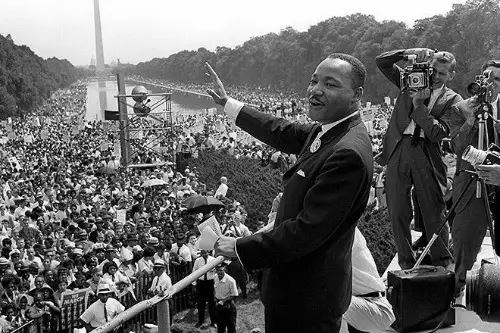
The Civil Rights Movement was aimed at changing laws and hearts in America, not the world. But images of nonviolent protestors facing fire hoses and police dogs hit international headlines and sparked outrage and inspiration. The movement became a blueprint for resistance in South Africa, Northern Ireland, and beyond. Its moral clarity transcended borders, even when the fight at home was far from over.
Leaders like Martin Luther King Jr. became global icons of justice and equality. Movements around the world borrowed strategies, slogans, and the courage to stand up. America didn’t mean for its internal struggles to influence global liberation movements—but they did. The world was watching, and it took notes.
13. The Personal Computer

When hobbyists and engineers in the U.S. started building personal computers in the 1970s, they weren’t thinking globally. They just wanted access to the kind of computing power that had once belonged only to governments and corporations. Companies like Apple and IBM saw a market—and jumped in. The result? Computers on desks, in homes, and eventually, in pockets.
Once the PC took off, it reshaped education, business, and communication around the globe. Students in India, developers in Estonia, and entrepreneurs in Nigeria suddenly had access to tools that leveled the playing field. The U.S. didn’t set out to democratize technology—it just opened the door. And the rest of the world walked through.
14. YouTube’s Accidental Influence

YouTube started in 2005 as a place to share funny videos and clips of cats. But it quickly became something much bigger: a platform for global voices, movements, and revolutions. From Arab Spring protestors to K-pop stans, YouTube gave people a stage that didn’t exist before. The creators didn’t imagine they were handing the world a megaphone—they just wanted an easier way to share video files.
Now, YouTube is a force in politics, education, activism, and culture. It’s reshaped how people learn, how they connect, and how they influence others. America didn’t mean to hand the world its own broadcasting network—but it did. And it hasn’t been able to control what came next.


